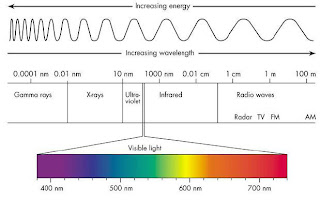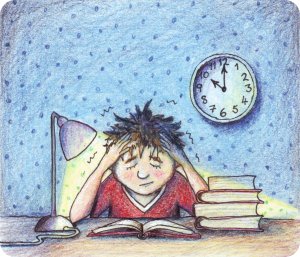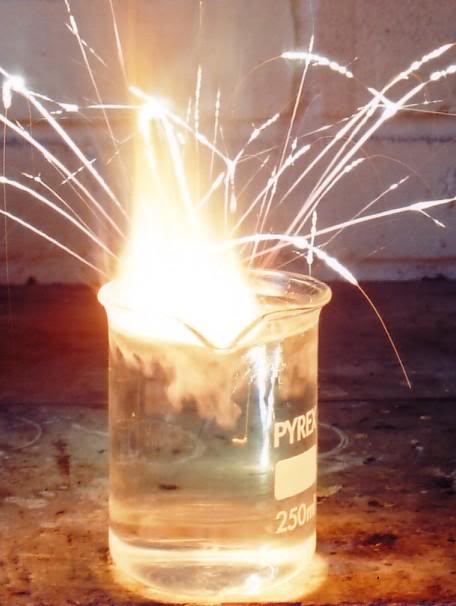If you believe in ghosts, you're not alone: A 2005 Gallup poll found
that 37 percent of Americans believe in haunted houses, and about
one-third believe in ghosts. Tens of thousands of people around the
world actively search for ghosts as a hobby. Researcher Sharon Hill of
the
Doubtful Newsblog counted about 2,000 active amateur ghost-hunting groups in America.
Ghosts have
been a popular subject for millennia, appearing in countless stories,
from "Macbeth" to the Bible, and even spawning their own folklore genre:
ghost stories. Ghosts are perhaps the most common paranormal belief in
the world. Part of the reason is that
belief in ghosts
is part of a larger web of related paranormal beliefs, including
near-death experience, life after death, and spirit communication.
The idea that the dead remain with us in spirit is an ancient one, and
one that offers many people comfort; who doesn't want to believe that
our beloved but deceased family members aren't looking out for us, or
with us in our times of need? Most people believe in ghosts because of
personal experience; they have seen or sensed some unexplained presence.
The science and logic of ghosts
Personal experience is one thing, but scientific evidence is another
matter. Part of the difficulty in investigating ghosts is that there is
not one universally agreed-upon definition of what a ghost is. Some
believe that they are spirits of the dead who for whatever reason get
"lost" on their way to The Other Side; others claim that ghosts are
instead telepathic entities projected into the world from our minds.
Still others create their own special categories for different types of ghosts, such as
poltergeists,
residual hauntings, intelligent spirits and shadow people. Of course,
it's all made up, like speculating on the different races of fairies or
dragons: there are as many types of ghosts as you want there to be.
There are many contradictions inherent in ideas about ghosts. For
example, are ghosts material or not? Either they can move through solid
objects without disturbing them, or they can slam doors shut and throw
objects across the room. Logically and physically, it's one or the
other. If ghosts are human souls, why do they appear clothed and with
(presumably soulless) inanimate objects like hats, canes, and dresses —
not to mention the many reports of ghost trains, cars and carriages?
If ghosts are the spirits of those whose deaths were unavenged, why are
there unsolved murders, since ghosts are said to communicate with
psychic mediums, and should be able to identify their killers for the
police. And so on; just about any claim about ghosts raises logical
reasons to doubt it.
Ghost hunters use many creative (and dubious) methods to detect the
spirits' presences, often including psychics. Virtually all
ghost hunters claim to be scientific,
and most give that appearance because they use high-tech scientific
equipment such as Geiger counters, Electromagnetic Field (EMF)
detectors, ion detectors, infrared cameras and sensitive microphones.
Yet none of this equipment has ever been shown to actually detect
ghosts.
Other people take exactly the opposite approach, claiming that the
reason that ghosts haven't been proven to exist is that we simply don't
have the right technology to find or detect the spirit world. But this,
too, can't be correct: Either ghosts exist and appear in our ordinary
physical world (and can therefore be detected and recorded in
photographs, film, video, and audio recordings), or they don't. If
ghosts exist and can be scientifically detected or recorded, then we
should find hard evidence of that — yet we don't. If ghosts exist and
cannot be scientifically detected or recorded, then all the photos,
videos, and other recordings claimed to be
evidence of ghosts
cannot be ghosts. With so many basic contradictory theories — and so
little science brought to bear on the topic — it's not surprising that
despite the efforts of thousands of ghost hunters on television and
elsewhere for decades, not a single piece of hard evidence of ghosts has
been found.
Why many believe
Many people believe that support for the existence of ghosts can be
found in no less a hard science than modern physics. It is widely
claimed that
Albert Einstein
suggested a scientific basis for the reality of ghosts; if energy
cannot be created or destroyed but only change form, what happens to our
body's energy when we die? Could that somehow be manifested as a ghost?
It seems like a reasonable assumption — unless you understand basic
physics. The answer is very simple, and not at all mysterious. After a
person dies, the energy in his or her body goes where all organisms'
energy goes after death: into the environment. The energy is released in
the form of heat, and transferred into the animals that eat us (i.e.,
wild animals if we are left unburied, or worms and bacteria if we are
interred), and the plants that absorb us. There is no bodily "energy"
that survives death to be detected with popular ghost-hunting devices.
While most ghost hunters engage in harmless (and fruitless) fun, there
can be a darker side. In the wake of popular ghost-hunting TV shows,
police across the country have seen a surge in people being arrested,
injured, and even killed while looking for ghosts. In 2010, a man died
while ghost-hunting with a group of friends hoping to see the ghost of a
train that crashed years earlier. The ghost train did not appear — but a
real train came around a bend and killed one man.
The evidence for ghosts is no better today than it was a year ago, a
decade ago, or a century ago. There are two possible reasons for the
failure of ghost hunters to find good evidence. The first is that ghosts
don't exist, and that reports of ghosts can be explained by psychology,
misperceptions, mistakes and hoaxes. The second option is that ghosts
do exist, but that ghost hunters are simply incompetent. Ultimately,
ghost hunting is not about the evidence (if it was, the search would
have been abandoned long ago). Instead, it's about having fun with
friends, telling stories, and the enjoyment of pretending they are
searching the edge of the unknown. After all, everyone loves a good
ghost story.
References from: Benjamin Radford is deputy editor of "Skeptical Inquirer" science
magazine and author of six books, including "Scientific Paranormal
Investigation: How to Solve Unexplained Mysteries." 




